简体中文
繁體中文
English
Pусский
日本語
ภาษาไทย
Tiếng Việt
Bahasa Indonesia
Español
हिन्दी
Filippiiniläinen
Français
Deutsch
Português
Türkçe
한국어
العربية
Leverage in Forex: Friend or Foe?
Abstract:Leverage becomes a powerful friend when used with respect, caution, and as a calculated component of a well-defined trading plan. It allows skilled traders to use capital efficiently and generate meaningful returns, all while operating within strict risk management frameworks. Ultimately, the power to decide rests with you. The journey to mastering what is leverage in forex trading is a journey of mastering yourself. By prioritizing education, discipline, and self-control, you can ensure this powerful tool works for you, not against you.
Leverage can make you rich in the forex market. It can also destroy your account in minutes. Every trader needs to understand this concept deeply, not just on paper.
Simply put, forex leverage is money your broker lends you. It lets you control big positions with small amounts of your own cash. You get the power to trade much more than your account balance would normally allow.
This power is neutral. How you use it determines what happens. In this guide, we'll explore whether leverage helps or hurts you.
Our goal is clear. We want to explain what is leverage in forex, show how it works, and give you the knowledge to use this tool wisely and safely.
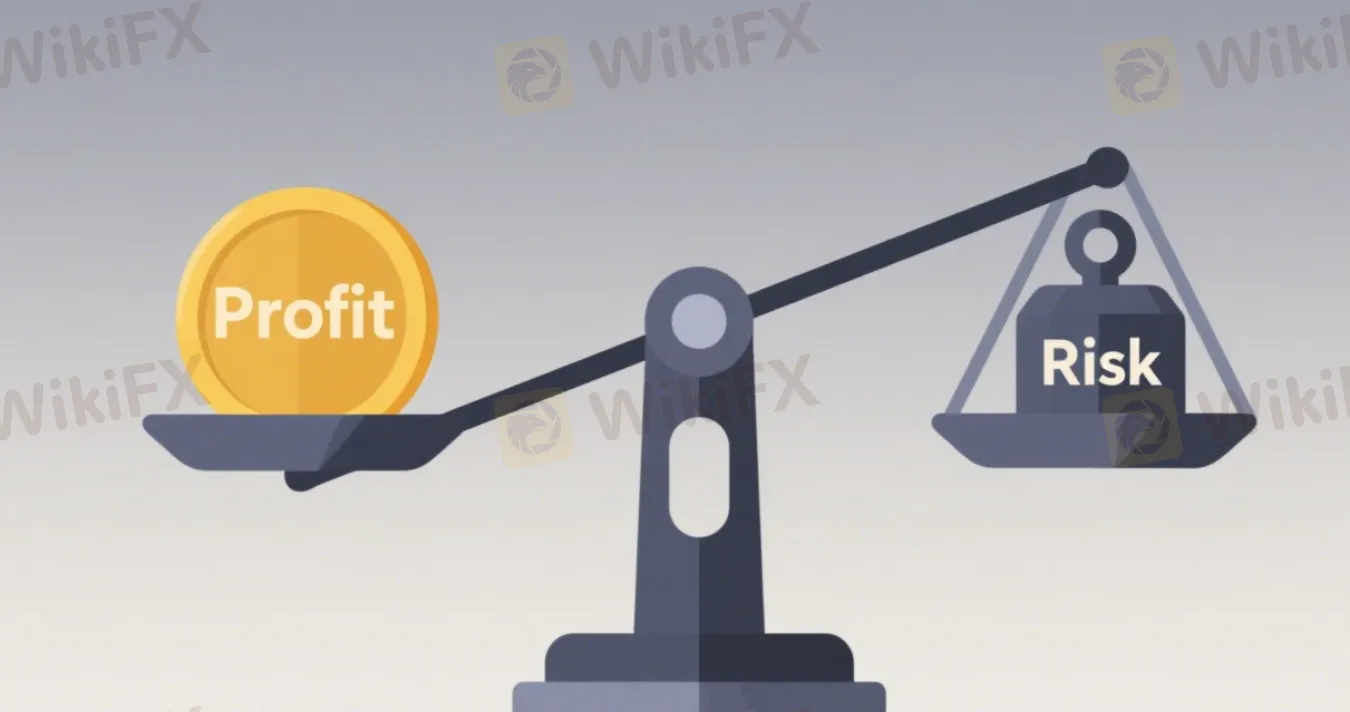
The Fundamentals
To understand how does leverage work in forex, think about buying a house. You want a $500,000 property, but you don't need all that cash upfront. You put down 10% - that's $50,000. The bank gives you the other $450,000. $50,000 is your margin. You're leveraging your money 10-to-1.
Forex works the same way, but much faster and bigger. Brokers show this as ratios like 30:1, 100:1, or 500:1. A 100:1 ratio means every $1 of your money controls $100 in the currency market. This brings us to key terms you need to know.
Margin is your actual money used to open and hold a leveraged position. It's not a fee. It's a deposit that gets locked up while your trade is open. Used Margin is all the margin from your open positions added together. Free Margin is money left in your account. You can use it for new trades or to cover losses. It's your account equity minus used margin.
A Margin Call is a critical warning from your broker. It happens when your account equity drops below your used margin because of losses. The broker demands more money or they'll close your losing trades to protect themselves.
The rule is simple: higher leverage means less margin needed for the same position size. Say you want to control a standard lot - 100,000 units of currency, like $100,000. The margin you need changes dramatically based on leverage.
| Leverage Ratio | Position Size | Required Margin (Your Capital) |
| 30:1 | $100,000 | ~$3,333 |
| 50:1 | $100,000 | $2,000 |
| 100:1 | $100,000 | $1,000 |
| 500:1 | $100,000 | $200 |
As you see, what forex leverage you access directly affects how efficiently you use your capital. This can help or hurt you.
The Double-Edged Sword
Leverage's main job is magnification. This is where its dual nature becomes scary. The same force that boosts your winning trades will boost your losing trades just as much. Understanding this balance is step one toward smart trading. There's no upside without equal downside.
The 'Friend' of Profit
Imagine you have $2,000 to trade. You think EUR/USD at 1.0800 will go up. Without much leverage, maybe 10:1, your $2,000 could control $20,000 (a mini-lot). If EUR/USD rises 100 pips to 1.0900, your position gains value. Your profit would be about $200. That's a solid 10% return.
Now let's use common 100:1 leverage. With the same $2,000, you can control much more. You open a standard lot worth $100,000. The margin needed is only $1,000 ($100,000 ÷ 100). When EUR/USD rises the same 100 pips to 1.0900, profit on your $100,000 position is about $1,000. You made a 50% return on your total account from the exact same market move. This shows leverage's power as a “friend” to traders with smaller accounts, giving them access to meaningful profits.
The 'Foe' of Loss
Markets are unpredictable. Let's use the same setup: $2,000 account and belief that EUR/USD will rise from 1.0800.
You use 100:1 leverage again for a $100,000 position, with $1,000 held as margin. This time you're wrong. EUR/USD falls 100 pips to 1.0700. The loss on your $100,000 position is about $1,000. This comes straight out of your account. Your $2,000 becomes $1,000. You lost 50% of your trading money on one trade.
What if price moved 150 pips against you? The loss would be $1,500. Your account would drop to $500. Now your equity ($500) is much less than the margin needed ($1,000). This triggers a margin call. Your broker will force-close your position to get their money back. You're left with a damaged account, having lost 75% of your capital very quickly.
This is leverage acting as a “foe.” A small, normal market move can create catastrophic losses. The mechanism for profit and loss is identical - only market direction changes the outcome.
A Tale of Two Traders
Theory is one thing. Seeing leverage in action gives a clearer picture. Let's look at two traders with the same start but very different risk approaches.
Meet Conservative Chris and Aggressive Alex. Both have $2,000 accounts. They both see a great trading opportunity on GBP/JPY before major news. Their analysis is identical. They plan to enter at the same price.
The only difference is their leverage choice.
Conservative Chris
Chris trades with a European broker offering maximum 30:1 leverage. He knows risk management comes first. Instead of using maximum leverage, Chris risks only 2% of his account per trade - that's $40. Based on his stop-loss, this means a smaller position. He opens $30,000 (about 0.3 lots). Margin needed at 30:1 is about $1,000.
The news is good. GBP/JPY rallies 50 pips in his favor. His profit is around $150. That's a 7.5% account gain - solid and sustainable. If the trade went against him 50 pips, his loss would be limited to $150, a 7.5% loss. His account would be $1,850. He'd live to trade another day without major damage.
Aggressive Alex
Alex trades with an offshore broker offering 500:1 leverage. He sees this as a chance for massive quick profit. He uses significant leverage, opening a huge $500,000 position (5.0 lots). Margin needed at 500:1 is just $1,000 - same as Chris's much smaller trade.
When GBP/JPY rallies 50 pips, Alex's profit is a huge $2,500. He more than doubled his account on one trade - a 125% gain. He feels unstoppable. But let's rewind. Imagine the news was bad. GBP/JPY falls 50 pips. Alex's loss on his $500,000 position is $2,500. Since his account only has $2,000, the loss exceeds his entire capital. His position would be margin called and closed long before hitting 50 pips, wiping out his $2,000 completely.
The Outcome
This story shows leverage's core lesson. It's not about the market - it's about trader choices.
| Metric | Conservative Chris (30:1 Leverage) | Aggressive Alex (500:1 Leverage) |
| Account Size | $2,000 | $2,000 |
| Position Size | $30,000 (0.3 lots) | $500,000 (5.0 lots) |
| Profit from 50 pip move | +$150 (7.5% gain) | +$2,500 (125% gain) |
| Loss from 50 pip move | -$150 (7.5% loss) | -$2,500 (Account blow-up) |
Chris used leverage as a tool for capital efficiency within strict risk rules. Alex used it for gambling, leading to predictable disaster when the market didn't cooperate.
Taming the Beast
Leverage isn't a monster to fear. It's a wild animal that needs discipline and clear rules. The key is understanding you're in control, not the broker.
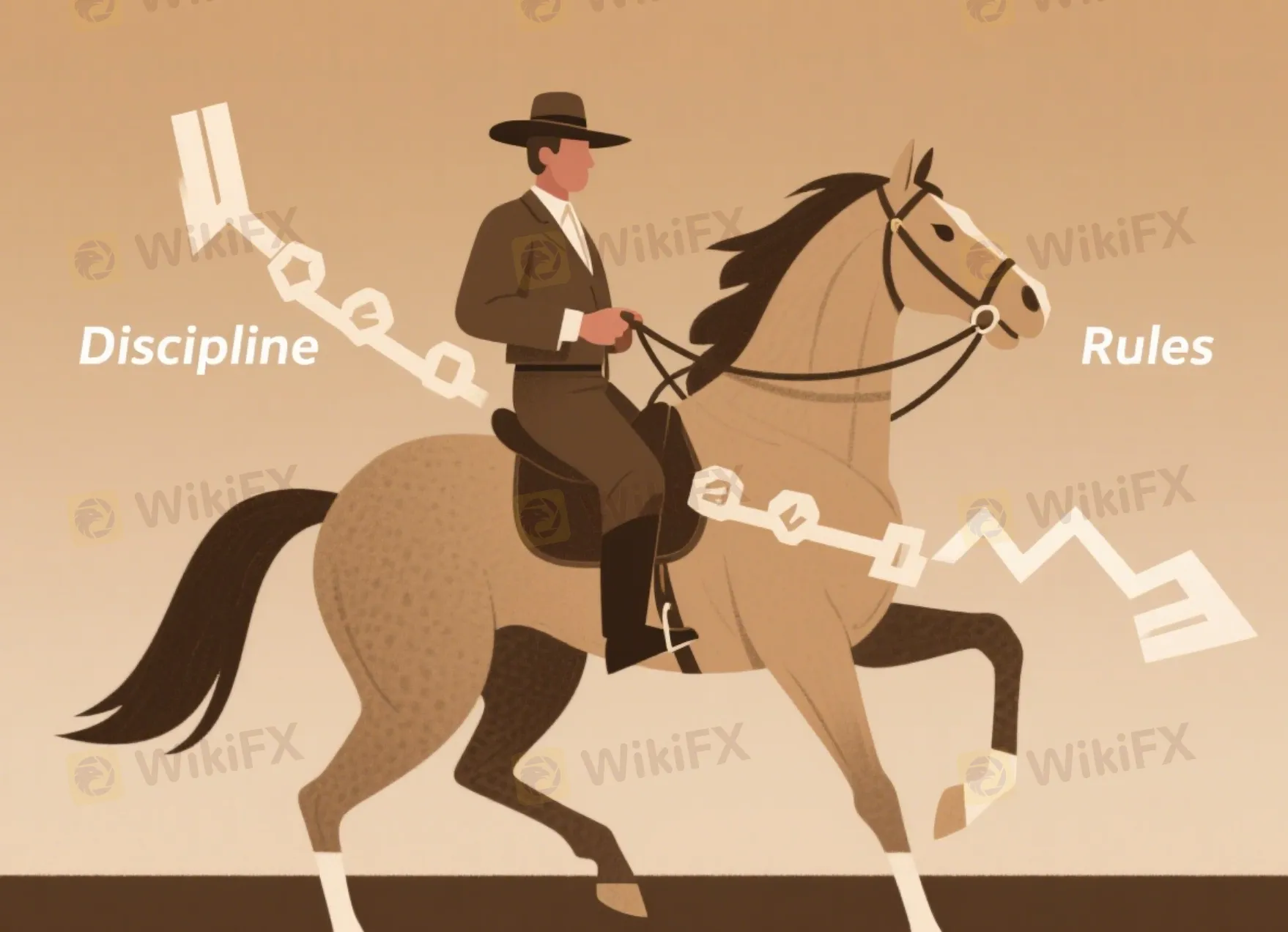
A broker offering 500:1 leverage isn't recommending you use it. They're just advertising the maximum available. You choose how much power you actually use.
The most critical concept is understanding the difference between Broker Leverage and Effective Leverage.
Broker Leverage is the maximum ratio offered (like 100:1). Effective Leverage is the real ratio of your total position size compared to your account equity.
Effective Leverage = Total Value of Open Positions ÷ Total Account Equity.
This number truly matters. A trader with $10,000 and 500:1 broker leverage who opens a $20,000 position uses only 2:1 effective leverage. But a trader with $1,000 and 30:1 broker leverage who opens a $20,000 position uses dangerous 20:1 effective leverage. Your goal is keeping effective leverage at a low, manageable level.
Choosing Your Leverage
The right forex leverage level is personal. It depends on several factors.
Your risk tolerance is key. Are you comfortable with bigger losses, or does a small loss stress you out? Be honest.
Your trading strategy matters too. A long-term swing trader holding positions for weeks might use very low effective leverage (2:1 to 5:1) to handle market swings. A short-term scalper might use higher effective leverage (15:1 to 20:1) for brief periods with very tight stops.
As a general rule, beginners should never focus on the broker's maximum. Focus on keeping effective leverage below 10:1 always, ideally closer to 5:1, until you prove consistent profits.
Essential Risk Management
Leverage without risk management is financial suicide. These tools aren't optional - they're required for safe leverage use.
Stop-Loss Orders are your main defense. They're non-negotiable. A stop-loss automatically closes your trade at a set price, limiting your maximum loss. Crucially, set your stop-loss based on a fixed percentage of capital you'll risk, typically 1% to 2% per trade.
Position Sizing is the real method of controlling risk. Instead of picking random lot sizes, calculate them. Based on your 1% capital risk and distance to your stop-loss in pips, you can determine exact position size that honors your risk limit. This ensures that even if your stop-loss hits, damage is contained.
Take-Profit Orders are also essential. Just as you need a plan for being wrong, you need one for being right. A take-profit order automatically closes your trade when it reaches a specific profit target, ensuring you realize gains before the market reverses.
The Psychology of Power
Leverage doesn't just magnify capital - it magnifies emotions. This psychological test separates successful traders from the 90% who fail. Understanding these mental traps is as important as understanding the math.
High leverage powerfully accelerates the most destructive trading behaviors.
Greed is the first trap. After a few highly leveraged wins, you feel brilliant. You start believing you can't lose, leading to even larger positions, convinced the next trade will change your life. This is often the trade that brings harsh reality.
Fear of Missing Out (FOMO) is another danger. When markets move fast, high leverage whispers you can still jump in and catch the action. This leads to impulsive, unplanned trades at the worst possible prices.
Revenge Trading is perhaps most destructive. After a big leverage-fueled loss, the urge to “make it back” immediately is huge. Traders often double down, using even more leverage in desperate emotional gambling to erase the previous loss, almost always leading to worse, more catastrophic losses.
Overconfidence is the silent killer. A winning streak can make traders believe they've mastered the market and can handle more risk. They increase effective leverage, deviate from their plan, and expose themselves to a single loss that can wipe out weeks or months of hard-earned profits.
The only cure for these psychological poisons is a rigid, written trading plan and unwavering discipline. Your plan dictates entry, exit, risk, and position size before you enter the market, when you're logical and calm. Your job is simply executing that plan, regardless of fear or greed.
Navigating the Rules
Excessive leverage dangers are so well-documented that financial regulators worldwide have stepped in to control its use for retail traders. Understanding this landscape adds authority and helps you understand why your broker offers what it does.
The main reason for these regulations is simple: consumer protection. Regulators recognized that offering unlimited leverage to inexperienced traders was a disaster recipe, leading to massive and rapid client losses.
As a result, leverage caps have been implemented in most major financial jurisdictions.
- Europe (ESMA): 30:1 for major forex pairs.
- United Kingdom (FCA): 30:1 for major forex pairs.
- Australia (ASIC): 30:1 for major forex pairs.
- United States (NFA/CFTC): 50:1 for major forex pairs.
These caps apply to brokers regulated within these regions. You'll notice many “offshore” brokers, operating in jurisdictions with less oversight, still offer 500:1, 1000:1, or even higher leverage.
While this may seem attractive, it should be a major red flag. It often signals a weaker regulatory environment, which can come with other risks related to fund safety and fair dealing. A well-regulated broker's leverage cap is a feature designed to protect you, not a bug to circumvent.
The Final Verdict
So after exploring its mechanics, risks, and psychology, what's the final verdict on forex leverage? Is it friend or foe?
The answer is that leverage is neither. It's a tool. A chainsaw in skilled sculptor hands is a tool for creating art. In careless amateur hands, it's a tool for causing serious injury. The tool itself is neutral.
Leverage becomes a dangerous foe when combined with greed, lack of education, impatience, and absence of discipline. It preys on emotion and turns small mistakes into financial disasters.
Leverage becomes a powerful friend when used with respect, caution, and as a calculated component of a well-defined trading plan. It allows skilled traders to use capital efficiently and generate meaningful returns, all while operating within strict risk management frameworks.
Ultimately, the power to decide rests with you. The journey to mastering what is leverage in forex trading is a journey of mastering yourself. By prioritizing education, discipline, and self-control, you can ensure this powerful tool works for you, not against you.
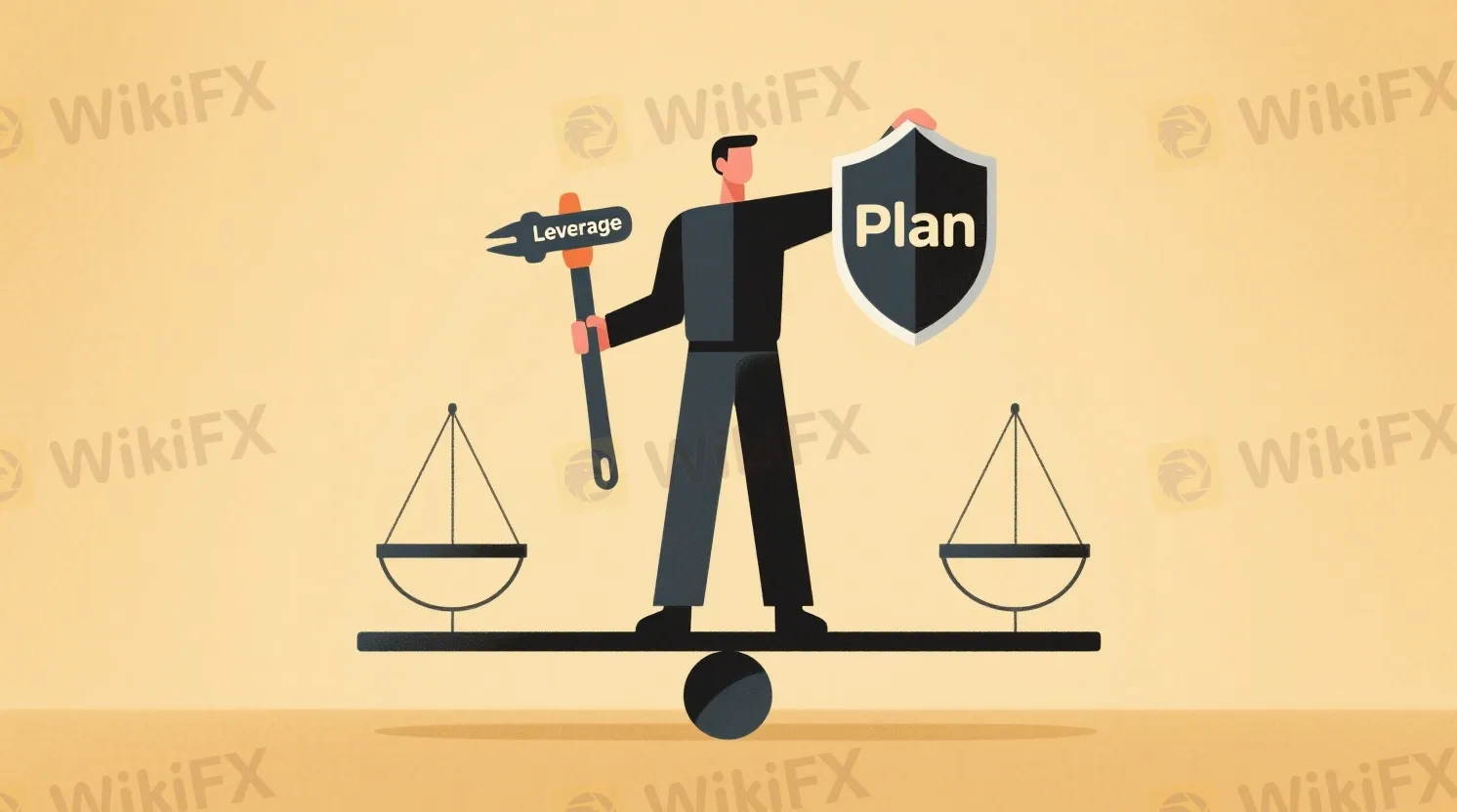
Disclaimer:
The views in this article only represent the author's personal views, and do not constitute investment advice on this platform. This platform does not guarantee the accuracy, completeness and timeliness of the information in the article, and will not be liable for any loss caused by the use of or reliance on the information in the article.
Read more

Global Guide to Finding Forex IBs/Brokers — Share Your Pick and Win Big!
Dear forex enthusiasts, are you also troubled by these questions? “In India, can’t find a reliable IB? What should I do?” “With so many brokers, which one offers the lowest spreads and fastest withdrawals?” “Want to connect with local forex enthusiasts but don’t know where to start?” Now, leave these challenges to us! Share your experience and win exciting rewards!
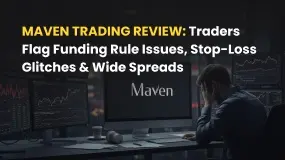
Maven Trading Review: Traders Flag Funding Rule Issues, Stop-Loss Glitches & Wide Spreads
Are you facing funding issues with Maven Trading, a UK-based prop trading firm? Do you find Mavin trading rules concerning stop-loss and other aspects strange and loss-making? Does the funding program access come with higher spreads? Does the trading data offered on the Maven Trading login differ from what’s available on the popular TradingView platform? These are some specific issues concerning traders at Maven Trading. Upset by these untoward financial incidents, some traders shared complaints while sharing the Maven Trading Review. We have shared some of their complaints in this article. Take a look.
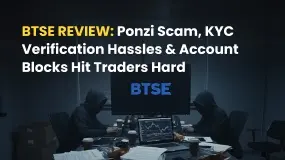
BTSE Review: Ponzi Scam, KYC Verification Hassles & Account Blocks Hit Traders Hard
Have you lost your capital with BTSE’s Ponzi scam? Did the forex broker onboard you by promising no KYC verification on both deposits and withdrawals, only to be proven wrong in real time? Have you been facing account blocks by the Virgin Islands-based forex broker? These complaints have become usual with traders at BTSE Exchange. In this BTSE review article, we have shared some of these complaints for you to look at. Read on!
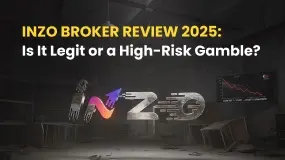
Inzo Broker Review 2025: Is It Legit or a High-Risk Gamble?
When you ask, "Is inzo broker legit?" you want a clear, straight answer before putting your money at risk. The truth about Inzo Broker is complicated. Finding out if it's legitimate means looking carefully at its rules, trading setup, and most importantly, the real experiences of traders who have used it. The broker shows a mixed picture - it has official paperwork from an offshore regulator, but it also has many user warnings about how it operates. This review gives you a fair and fact-based investigation. We will break down all the information we can find, from company records to serious user complaints, so you can make your own clear decision.
WikiFX Broker
Latest News
2 Malaysians Arrested in $1 Million Gold Scam Impersonating Singapore Officials
Moomoo Singapore Opens Investor Boutiques to Strengthen Community
OmegaPro Review: Traders Flood Comment Sections with Withdrawal Denials & Scam Complaints
An Unbiased Review of INZO Broker for Indian Traders: What You Must Know
BotBro’s “30% Return” Scheme Raises New Red Flags Amid Ongoing Fraud Allegations
The 5%ers Review: Is it a Scam or Legit? Find Out from These Trader Comments
WikiEXPO Dubai 2025 Concludes Successfully — Shaping a Transparent, Innovative Future
Admirals Cancels UAE License as Part of Global Restructuring
Forex Expert Recruitment Event – Sharing Insights, Building Rewards
Exness Broker Expands in South Africa with Cape Town Hub
Currency Calculator



